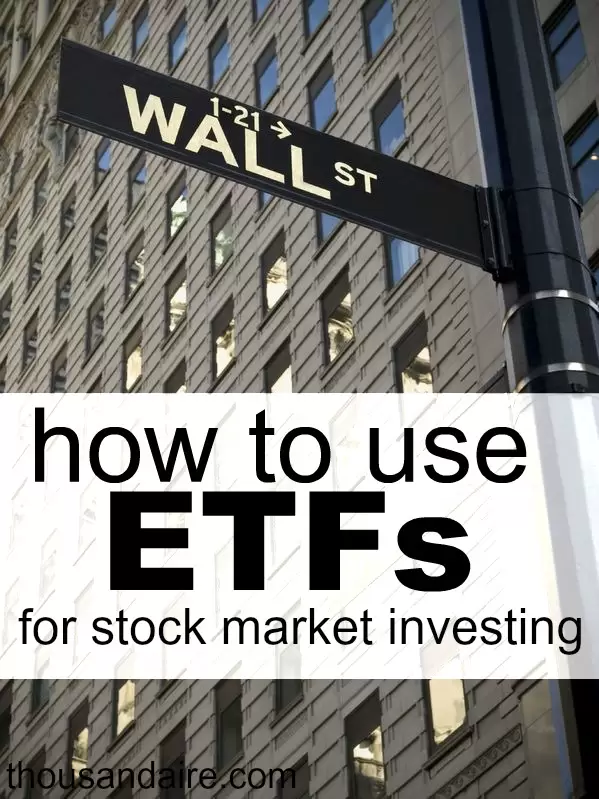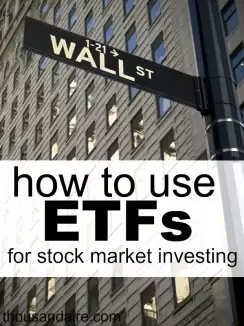So you want to invest in an equity ETF. But how to go about choosing? Knowing that ETFs are generally index funds, you’ll want to pick an index. And hands down, the most recognized index among US investors is the S&P 500. (I have no scientific evidence for this. But ask any novice investor to name an index and you’ll generally get the same answer.)
So let’s look at how an investor might use ETFs to invest in the stock market. Because of its aforementioned familiarity, we’ll start with the S&P 500. One of the first funds you’ll likely run into in this category is the SPDR S&P 500 (ARCX), simply because it is the most heavily traded. Purchasing shares of the SPDR S&P 500 – or any other ETF that tracks the S&P 500 – will spread your exposure to the US large cap equity market across its (roughly) 500 largest companies – a broad target, indeed.

But there are other approaches to equity investing. If you wish to be more selective in your exposure, to emphasize a specific market segment, or to gain exposure to the bottom 30% of US companies by market capitalization, you’ll want to do a little more digging. If you’re looking to diversify your equity holdings, here are a few funds to consider that go beyond the S&P 500.
Vanguard Dividend Appreciation ETF (VIG)
Who doesn’t love Vanguard? This ETF focuses on dividend-paying large cap stocks – essentially a subset of the S&P 500 – and comes with Vanguard’s signature low expense structure. Although both the Vanguard fund and the SPDR S&P 500 are classified as large blend funds, meaning they contain both growth and value stocks, the Vanguard fund’s more specific investment objective – dividend-paying stocks – brings significant differences in holdings and sector weightings. (I don’t mean to suggest by comparing to the SPDR ETF that Vanguard doesn’t have an S&P 500 ETF – they do. And it’s a good one. Check it out – VOO.)
iShares Core S&P Midcap (IJH) and iShares Core S&P Small Cap (IJR)
Two indexes that don’t get as much press as the S&P 500, but represent about 1,000 companies between them, are the S&P Midcap 400 and the Small Cap 600. Investing in funds representing these indexes is a way to broaden your equity exposure to smaller companies whose market capitalization is in the bottom 30% or so of US companies. While volatility tends to increase as market cap goes down, over time historical data suggest that the addition of mid- and small cap stocks to a large cap portfolio could increase return without adding risk.
Vanguard Total Stock Market ETF (VTI)
If your motto is “go big or go home,” this fund might be right up your alley. The Vanguard Total Stock Market ETF is exactly what it sounds like – a fund that seeks to cover the entirety of the US equity market. As one of the most broadly-invested funds out there, this is the opposite of specializing. If you like the idea of (really) broad equity exposure, but lack the interest, know-how, or capital to build such a portfolio yourself, take a second look at this one.
The take-away
Keep in mind, these are only suggestions meant to give you ideas for investing in US stocks beyond the S&P 500. Proper asset allocation requires exposure to multiple asset classes. It is prudent to first determine what market segments you should be targeting, and make your choice as to specific investments from there.

